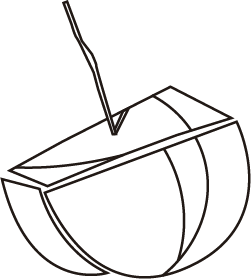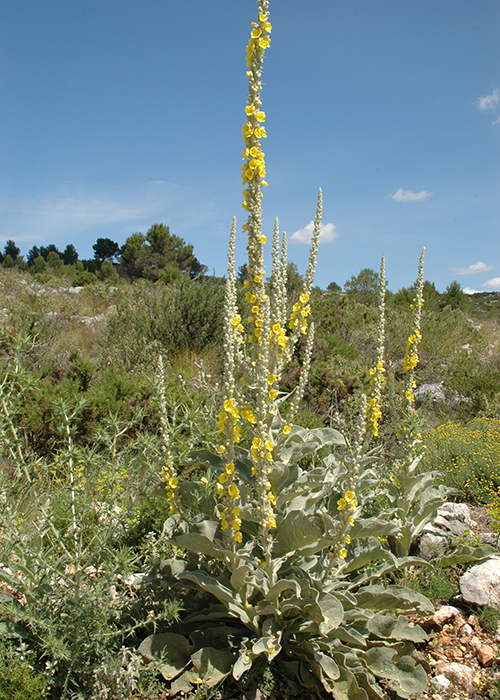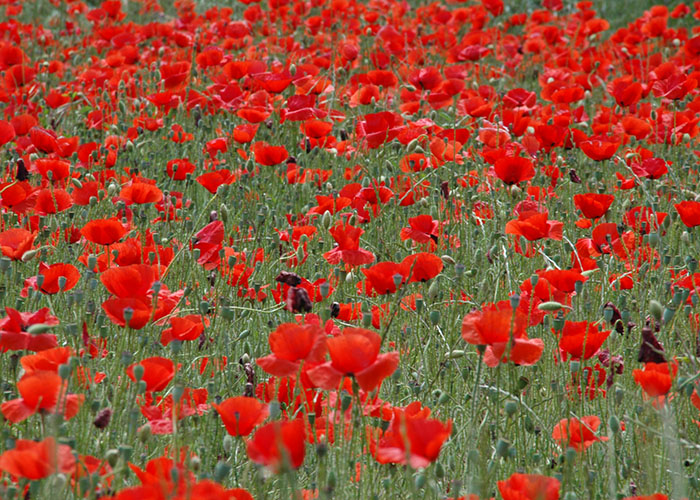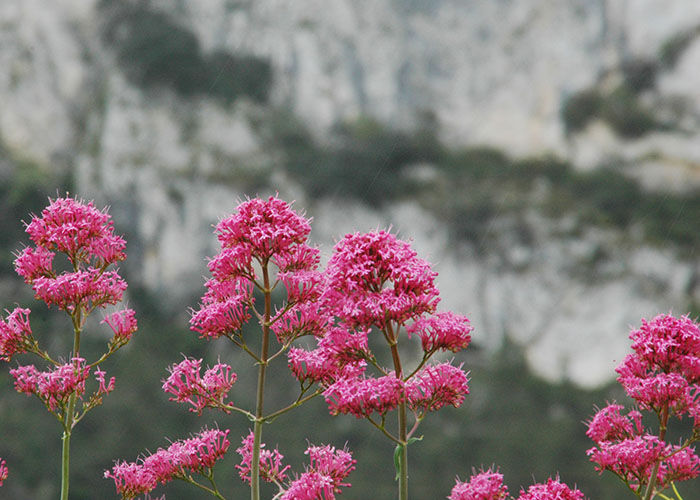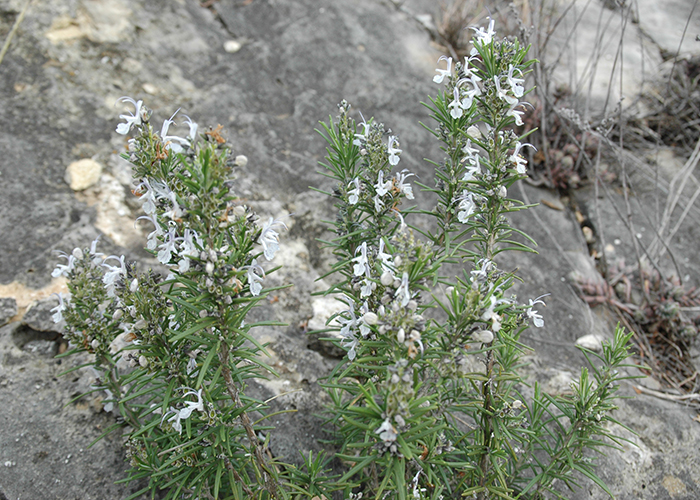The use of plants
La Vall de Gallinera is a territory that has great plant biodiversity, which has led its inhabitants to make ample use of plants since time immemorial. Plants as a natural resource have been used in many different ways.
This section is dedicated to the uses of wild plants that grow in the valley and that have been or are still being used by humans.
Ethnobotany is the science that studies the relationship between plants and humans, and so it is possible to say that there have been many people who have researched the use of plants, both women and men who have been able to transmit the traditions of their use from generation to generation, until today. The work carried out by Joan Pellicer and Daniel Climent stands out not only because of their thorough research throughout the mountains and ravines of La Vall de Gallinera, but also because of their ability to transmit the traditional uses of the plants in a passionate way.
Most wild plants have been used in one way or another by humans, ranging from the most hated ones, which compete with cultivated plants, to the most beloved ones that contain active ingredients of great value to medicine or magic.
For cooking or heating, the most popular firewood is obtained from trees such as holm oak or oak, along with olive and carob. Who hasn’t thrown a petorrera branch into a fire to hear the plant crackle and explode and then the laughter of the people warming themselves up next to the fire?
Esparto grass or the Mediterranean dwarf palm were used to make large and small baskets, carpets, etc. The higher branches of the wild-olive, ash or European nettle tree were used for beams or for tools, forks and crooks.
Some plants such as laurustine, hawthorn or rush broom have been used as hedges between crops, and even gorse has been used to protect the most delicate crops from herbivores.
Common thatching grass was used to make beds for the animals and also to protect crops from the cold and to build beehives.
It is necessary to also mention bees, that do so much work, going from flower to flower, not only collecting nectar and pollen and transforming them into honey and other precious products, but also pollinating plants, helping fruit and seed formation and therefore ensuring the reproduction of species. The beekeepers have always known how to recognise herbs and their flowering periods, in order to place the beehives in strategic places to ensure harvests almost all the year round.
Rosemary and thyme are the most well-known and appreciated aromatic herbs, due to the herbal teas that comfort us in the middle of winter; together with the herbs known as “pebrella” (Thymus piperella) and “sajolida” (Satureja montana), used to marinate olives, or the pale stonecrop which is pickled in brine.
To heal wounds or burns, the false yellowhead and St. John’s wort are used; for stomach ache, “santolina”, lemon balm or thyme and ironwort are used.
In addition to medicinal uses, some have culinary uses such as oregano for pasta, rosemary for paella and grilled meat and “pebrella” for white fish.
And so, there are many medicinal herbs, some toxic and not used very much, such as foxglove or rue, and some even poisonous such as oleander or stinking bean (Anagyris foetida).
However, it is especially necessary to mention edible herbs, used primarily to boil and prepare vegetables, for minxos, coca foradada or coca de pasta bona, with some pieces of poor cod, pollack, botifarra or sobrassada. Noteworthy are common chicory, sow thistle, poppy, toothed dock or brighteyes. Poppy and bladder campion are also excellent for frying with garlic to accompany meat or fish.
Some can even be eaten raw in salads, such as slender sowthistle, bladder campion or asparagus, although asparagus omelettes are also great.
The fruits of some plants have also been collected for eating: strawberry tree, hawthorn, sorb tree, hackberry tree. Even sweet acorns from holm oaks or dates from the Mediterranean dwarf palm, which was also cut down sometimes to eat the heart.
And, last but not least, it must also be mentioned that plants have been used to delight the senses: the aromas for smell and the colours for sight. The culmination of beauty undoubtedly lies in the beautiful orchids.


